I volunteered to be an early adopter for our Google for work pilot in August of 2016. I was already familiar with the Google Suite, storing my personal documents on Google Drive; hangouts with friends, creating blog posts on docs and planning my dinner parties on sheets. As a technology and social media geek, I was eager to participate in this new initiative.
For those of you who may be wondering how Google could be a contender to replace the Microsoft Office suite, well the truth is, they have a very interesting business model that is more attuned to how we use mobile.
Microsoft offers a basic suite of applications; typically (Outlook, Calendar, Word, Excel and PowerPoint). This is the foundation for how the vast majority of us work. For those who need other applications like MS Project or MS Visio, etc. programs must be bought through a licensing fee and added to the suite through an IT professional. Alternatively enterprise licenses can be purchased and charged to the company based on the number of employees. Microsoft created a fantastic mini-monopoly for business using their applications.
Google at work is a significant departure from the traditional Microsoft model. In a nutshell, it provides users the same experience as using it for personal use. Taking head on the notion that people have better technology at home than they do at work. Along with the basic processing functionalities, G Suite leverages the cloud and provides communication and collaboration tools that truly enable virtual work.

One of the key differences with Google Suite, is basic functionality can be supplemented through 3rd party app add-ons. This is very similar to how we use mobile. Our smart phone is a series of apps that enable us to execute key transactions. We create an app ecosystem to enable our work. Docs and Sheets for example; require add on’s to really make them effective. This allows the user to pick the relevant apps as add-ons instead of being limited to the application. This allows competition for the right price and service. Another key difference is mobile offerings are solid and mature.
Microsoft has responded to Google’s service offering by introducing Office 365. You get all the familiar tools of Office with the addition of partnered collaboration such as Skype and One Drive for cloud. I did briefly use this suite at a previous employer. The service offering is quite different from Google, but the change aspects are significantly lower. The mobile offering on Office 365 in my opinion is still immature.
Our Google at work pilot lasted several months and then we were officially transitioned at the end of 2016. As an early adopter it’s now been a year since I transitioned. The switch was not seamless and had a number of challenges. I will say that I love many of the features that GSuite offers, such as Google Drive, the flexibility of accessing and opening google documents on my phone, collaborating on documents without having to save multiple versions and of course, video calling my colleagues! I used MS Outlook for the majority of my professional career and I don’t miss it. I’ll be honest and say I’m still struggling with mastering Doc’s, Sheets and Slides, but I’m committed to making this work.
The underpinning for success is to get people to think differently about this new way of working. I wanted to share some suggestions/ recommendations for those contemplating or are in the process of moving to Google for work:
- Change management is critical for success. Besides executive sponsorship, employees need to understand GSuite is a different way of working. For example, shared drives will be replaced with Google Drives which provides a different way of sharing, accessing and collaborating on documents. Time and effort need to be invested in getting people to focus on the new way of working and not trying to replicate MS Office processes/ functionality through Google. Back to my consulting days, replicating old processes on new technology will not yield any value.
- Application Mapping is essential to increase user adoption. While Google has work processing apps such as Sheets, Docs and Slides, they very immature in the capabilities they offer compared with Word, Excel and PowerPoint. Users need to understand how they can get the same output using the GSuite tools. So if I build and run marcos in Excel, I need to know how can I replicate that same output using Sheets. This was a huge gap for many of our business segments as they felt they were losing key functionality through the move. Document and the areas of concern and work with the business areas to build assurances they can get what they need with the new products.
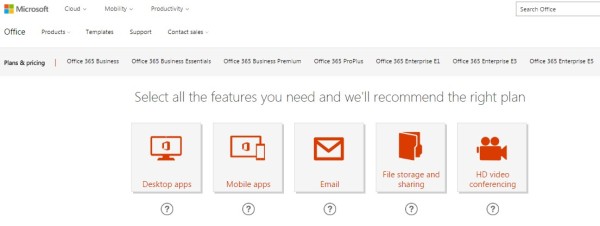
- Identify add on’s and supplements as part of your general release (GA). For people who never used Outlook (I’m thinking of your Millennials and Gen Z’ers), it may be easy to transition onto Gmail for work. For the vast majority of employees, functions such as listening to voicemail via your messages or setting reminders for follow ups have become a main staple that impacts productivity. It’s worth the time to identify the “must haves” and deploy the appropriate labs or add on’s so users are minimally impacted. This goes a long way to minimize the change. Consider offering Google Sync as an initial step to move off network drives.
- Continuously educate. Transformation is not easy. Replacing something as significant as a Microsoft office suite with a Google suite is going to have some casualties and a lot of noise! You will have a subset of users who refuse to change. Who cannot grasp something new. Who will constantly complain. On the other side, early adopters, those looking for new solutions will be willing to live with trade-offs. Tools and education need to be provided to help users bridge the gap from old to new. Forums for feedback are important in the change strategy. More important is offering continuous training on the core applications. I’m a huge proponent of self-service, but for things as big as this, I would recommend having experts deliver training using a hangout or classroom. Users will feel more confident if there is on-going training/ resources available to help them combat their day to day gaps in using new tools.
- Ensure you have the necessary hardware: Prior to using GSuite, we didn’t have video calling capability. Most of our employees sit out in the open and may have desktops. When Google was deployed, we offered training via hangouts but didn’t give people headsets for video calls. Most people couldn’t participate and you can imagine what impression this left. It was a scramble to order hardware (headsets and cameras) for people to truly leverage the new technology. This had to be built into our on-boarding provisioning process as well. Ensure you think about the hardware logistics for maximize initial usage.
- Promote the mobile offering. Google has a mature, sophisticated mobile platform. The GSuite works easily and seamlessly on mobile. Users on the go or work from home will love this flexibility.

Google for Work is another example of providing an alternative business models that’s disrupting the conventional way we do business. We’ve seen this time and time again (Taxi industry and Uber; Online vs. print media; Hotels vs. Airbnb, etc.). Not only has this benefited the consumer by providing alternative solutions, but it forced Microsoft to deliver a competitive offering with Office 365.
I hope your move is successful. I would love to hear how your transition went.
Like what you see? Follow me on LinkedIn, Twitter @annzaliebarrett, or subscribe to my blog. I look forward to hearing from you.

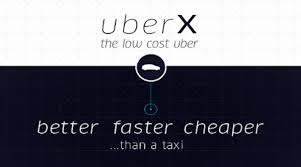

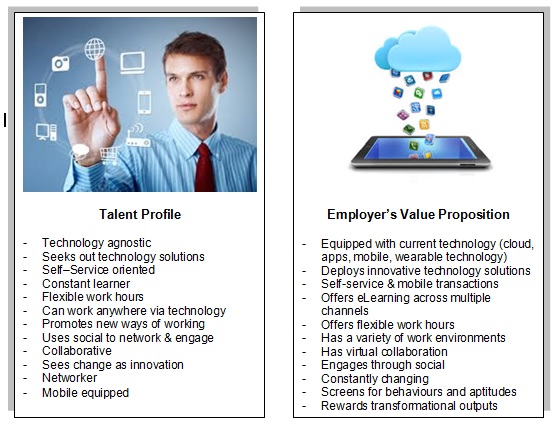




 Bitcoin is a digital payment system that enables peer to peer transactions without having to go through an intermediary financial institution. Bitcoins can be purchased through an electronic trading system using a smart phone. This video is a great short summary of
Bitcoin is a digital payment system that enables peer to peer transactions without having to go through an intermediary financial institution. Bitcoins can be purchased through an electronic trading system using a smart phone. This video is a great short summary of 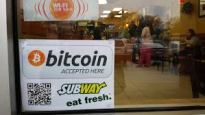














 But what about that window of time when a candidate is transitioning from their old job into the new one? The Onboarding window. It’s the optimal time to capitialize on the excitement and eagerness of new hires.
But what about that window of time when a candidate is transitioning from their old job into the new one? The Onboarding window. It’s the optimal time to capitialize on the excitement and eagerness of new hires.
 John*; her new Manager, came out to greet her. He welcomed her and showed her to her desk. He told her he would be back in 30 minutes once she got settled in. There was an envelope on Jill’s desk with information to log into her computer, set up her voice mail and keys for her cabinets and office. John came back after 30 minutes and escorted her to his office. After a few minutes of banter he presented her with a word document that outlined her schedule for the first week. He provided an overview of the organizational structure, gave her a seating chart of the floor and talked through what needed to be completed on the first day.
John*; her new Manager, came out to greet her. He welcomed her and showed her to her desk. He told her he would be back in 30 minutes once she got settled in. There was an envelope on Jill’s desk with information to log into her computer, set up her voice mail and keys for her cabinets and office. John came back after 30 minutes and escorted her to his office. After a few minutes of banter he presented her with a word document that outlined her schedule for the first week. He provided an overview of the organizational structure, gave her a seating chart of the floor and talked through what needed to be completed on the first day. As Jill commuted home she reflected on the day. She was quite impressed with how her the first day unfolded. She was glad John assigned her a Buddy and appreciated his thoughtfulness to make her feel comfortable. She was confident she made the right decision to join this company.
As Jill commuted home she reflected on the day. She was quite impressed with how her the first day unfolded. She was glad John assigned her a Buddy and appreciated his thoughtfulness to make her feel comfortable. She was confident she made the right decision to join this company. desk and asked her to start reviewing some documents on the shared drive. Sally started reading the documents Amy requested. As there was no schedule, Sally did not know what time Amy would come by for lunch. Sally waited for Amy but soon realized lunch wasn’t part of the first day. She decided to go down to the food court by herself. At the elevator she ran into Amy who said she was going to grab a bite, did she want to come? Sally nodded and they went down together. Sally was just about to pay for her sandwich when Amy said she would pay for it. Unsure of what to do, Sally smiled and thanked Amy. They walked back to the office to their individual desks, where Sally ate her lunch alone.
desk and asked her to start reviewing some documents on the shared drive. Sally started reading the documents Amy requested. As there was no schedule, Sally did not know what time Amy would come by for lunch. Sally waited for Amy but soon realized lunch wasn’t part of the first day. She decided to go down to the food court by herself. At the elevator she ran into Amy who said she was going to grab a bite, did she want to come? Sally nodded and they went down together. Sally was just about to pay for her sandwich when Amy said she would pay for it. Unsure of what to do, Sally smiled and thanked Amy. They walked back to the office to their individual desks, where Sally ate her lunch alone. As Sally commuted home, she reflected upon the day. Her first day had not been what she expected. In fact it was quite disappointing. She barely spent anytime with Amy and was left alone most of the day. She felt isolated. Her colleagues seemed so busy she felt awkward interrupting them. She also couldn’t believe the lunch mishap. She contemplated whether this was normal behaviour at the company? Was this going to be a good fit after all? Had she made the right decision? It left her with an uneasy feeling. Hopefully tomorrow would be better.
As Sally commuted home, she reflected upon the day. Her first day had not been what she expected. In fact it was quite disappointing. She barely spent anytime with Amy and was left alone most of the day. She felt isolated. Her colleagues seemed so busy she felt awkward interrupting them. She also couldn’t believe the lunch mishap. She contemplated whether this was normal behaviour at the company? Was this going to be a good fit after all? Had she made the right decision? It left her with an uneasy feeling. Hopefully tomorrow would be better.


 company or out there (in your industry). The start of the new year should also be a re-examination of relationships. Remove those who are toxic and draining. Toxic relationships erode your self-confidence and leave you feeling inadequate. Toss them in the garbage! Draining relationships are ones that are typically one sided, all about the other person. Hey it’s time to put yourself first! Time to let go and move on to relationships that are fulfilling for both parties.
company or out there (in your industry). The start of the new year should also be a re-examination of relationships. Remove those who are toxic and draining. Toxic relationships erode your self-confidence and leave you feeling inadequate. Toss them in the garbage! Draining relationships are ones that are typically one sided, all about the other person. Hey it’s time to put yourself first! Time to let go and move on to relationships that are fulfilling for both parties.
 w. I decided I need to do something to improve my well being. That year I started an exercise routine and started eating more natural foods. Within six months I lost close to 40 pounds and 6 dress sizes. I had a lot of support and encouragement along the way. I’ve managed to stick to my routine and have kept the weight off for more than a year. More importantly, I feel better and have more energy. It’s transformed my attitude, relationships and way of thinking. Make it a priority and find time to spend on yourself. How can you start?
w. I decided I need to do something to improve my well being. That year I started an exercise routine and started eating more natural foods. Within six months I lost close to 40 pounds and 6 dress sizes. I had a lot of support and encouragement along the way. I’ve managed to stick to my routine and have kept the weight off for more than a year. More importantly, I feel better and have more energy. It’s transformed my attitude, relationships and way of thinking. Make it a priority and find time to spend on yourself. How can you start?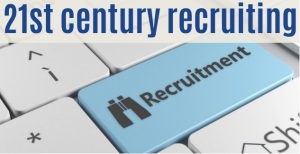
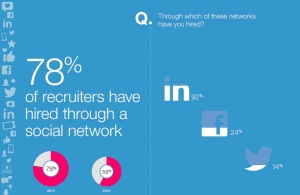
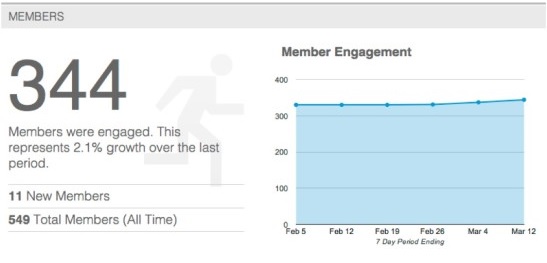

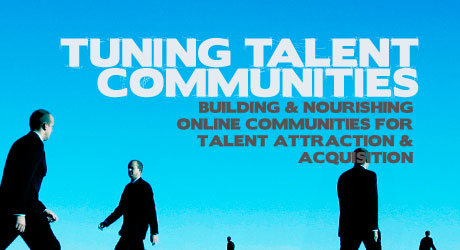
 Ann Barrett, Director Integrated Solutions
Ann Barrett, Director Integrated Solutions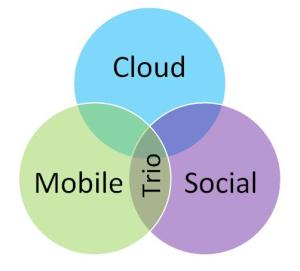
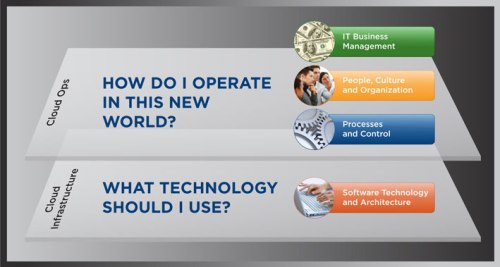


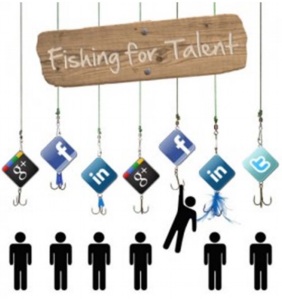

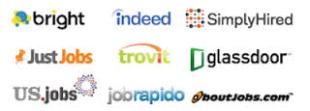
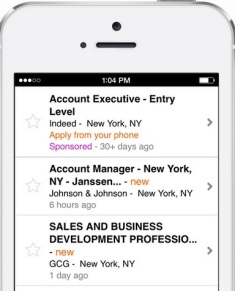 traditional job boards around the world.
traditional job boards around the world.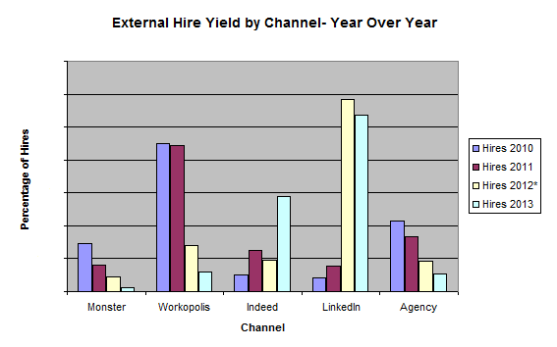
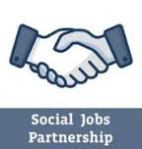 Job Aggregators haven’t only challenged job board vendors. Their disruption has also extended to social networking platforms. Facebook launched its Social Job Partnership (SJP) job posting site in 2012. They chose to aggregate job postings instead of asking employers to pay to post. Even LinkedIn has not been immune to its influence. In June 2014, they announced they would be aggregating job postings to their active job seeker population in the US. A strategy shift from its paid job slot offering.
Job Aggregators haven’t only challenged job board vendors. Their disruption has also extended to social networking platforms. Facebook launched its Social Job Partnership (SJP) job posting site in 2012. They chose to aggregate job postings instead of asking employers to pay to post. Even LinkedIn has not been immune to its influence. In June 2014, they announced they would be aggregating job postings to their active job seeker population in the US. A strategy shift from its paid job slot offering. You may wonder; if aggregators are posting jobs for free, why should employers invest? I love this question because I answer it the way any savvy business person would. If free is yielding a good ROI, imagine what would happen with a real investment?
You may wonder; if aggregators are posting jobs for free, why should employers invest? I love this question because I answer it the way any savvy business person would. If free is yielding a good ROI, imagine what would happen with a real investment?
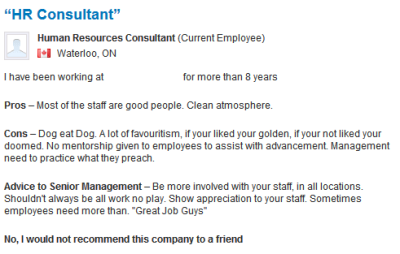
 A friend of mine choose to work at a company that articulated messages of career progression and development in the job description, website, branding and interview processes. As an employee, she worked hard to build great relationships and develop her skill set. Messages about commitment to career development and progression were continuously communicated in town halls, intranet sites, emails and corporate communications. After a few years she felt ready to move to the next level within her career tract. With consistently great performance reviews, she anticipated an easy conversation with her Manager on formulating a plan. She raised the subject about career advancement. Her boss listened to her and after a brief pause said; “You’ll need some of these first (pointing to her grey hair) if you want to move up.” In one short sentence the conversation had ended. The employee had taken her Manager’s comments as a clear message that seniority was equal to age. She knew she would not be advancing anytime soon.
A friend of mine choose to work at a company that articulated messages of career progression and development in the job description, website, branding and interview processes. As an employee, she worked hard to build great relationships and develop her skill set. Messages about commitment to career development and progression were continuously communicated in town halls, intranet sites, emails and corporate communications. After a few years she felt ready to move to the next level within her career tract. With consistently great performance reviews, she anticipated an easy conversation with her Manager on formulating a plan. She raised the subject about career advancement. Her boss listened to her and after a brief pause said; “You’ll need some of these first (pointing to her grey hair) if you want to move up.” In one short sentence the conversation had ended. The employee had taken her Manager’s comments as a clear message that seniority was equal to age. She knew she would not be advancing anytime soon.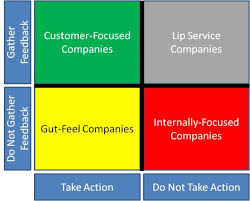
 There are lots of opportunities to build genuine EVP’s. I hope these few ideas will help you to start thinking about ways to develop authentic messages!
There are lots of opportunities to build genuine EVP’s. I hope these few ideas will help you to start thinking about ways to develop authentic messages!